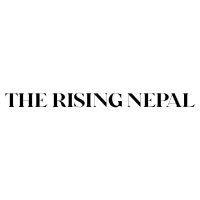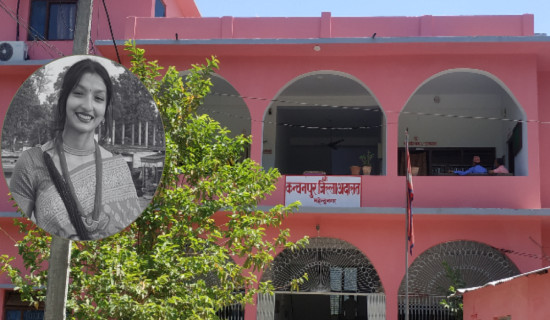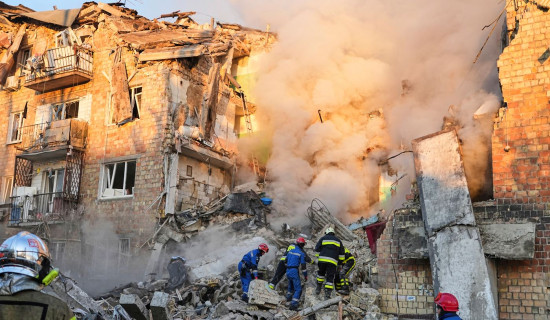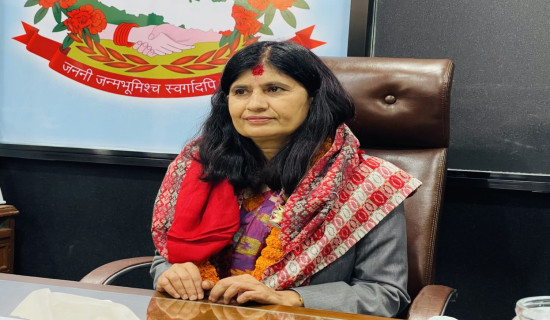- Saturday, 30 August 2025
Malaria cases increase in Banke
By Siraj Khan,Nepalgunj, Aug. 30: The number of malaria cases in Banke district has continued to rise, with Narainapur Rural Municipality emerging as the most affected area in the country.
According to the District Health Office, 246 cases of malaria were reported in Banke during the fiscal year 2024/25, compared to 160 cases in the previous fiscal year. Of these, 185 cases were reported in Narainapur alone, compared to 132 the year before.
Durga Gautam, focal person for vector-borne diseases at the Banke Health Office, said blood testing has been launched as a campaign in Narainapur following the surge in cases. He added that among all 753 local governments in Nepal, Narainapur has recorded the highest number of malaria patients.
Efforts such as awareness programmes and encouraging locals to sleep inside mosquito nets are also underway.
Narainapur Rural Municipality Chairperson, Istiyaq Ahmad Shah, said health workers have been mobilised in every ward to control the spread of malaria.
He informed that he has personally been dedicating his time to the most affected areas to support prevention measures.
Although Nepal has set a target to eliminate malaria by 2030, Banke district continues to face significant risk, with cases rising each year.
Narainapur has now been identified as the single most malaria-affected municipality in the country.
Recently, a 17-year-old boy from Ward No. 5 of Narainapur, who had returned from Mumbai, India, fell ill with high fever, headache and chills.
Tests confirmed he was suffering from malaria, the municipality’s health section reported. Malaria, commonly known as aulo in Nepali, is caused by parasites of the Plasmodium family transmitted through mosquito bites.
Of the four parasite species that infect humans (Plasmodium vivax, Plasmodium malariae, Plasmodium ovale and Plasmodium falciparum), Nepal mainly reports infections from P. vivax and P. falciparum.
















